
Athletes Who Died While Competing In The Olympics
Tune in to the Olympics, and you expect to see humans in peak physical condition, athletes who have spent an insane amount of time training and honing their physical skills. You expect to see incredible performances from athletes at the very top of their game. For the most part, you will see that. But sometimes, things don’t go according to plan.
It’s probably the fitness of the athletes that makes it extra shocking when tragedy does strike. The Olympic Games have seen their fair share of tragedy, with death looming unexpectedly. For some at the Games, these deaths added a sober dimension to the proceedings, changing the atmosphere and clouding celebrations. Others lost teammates, close friends, or even loved ones who were in the primes of their lives. Here’s to those who went out fighting. Let’s remember the athletes who were at the very top of their sport when they passed away.
Francisco Lazaro
In 1912, a single Portuguese athlete entered the Stockholm marathon. His name was Francisco Lazaro, and according to The Olympic Marathon, he made it to somewhere around the 30-kilometer mark when he collapsed. (That’s around 18 miles, give or take.) He was rushed to the Seraphim Hospital, where he died, and now no one is entirely sure what actually happened to him. The hospital is gone now, and so are any records. Theories to the cause of death include meningitis, an undiagnosed heart condition, or heat exhaustion, and his tragic death has been the subject of a few books.
Ursula Le Guin reviewed The Piano Cemetery for The Guardian, and called it a pretty confusing book based loosely on Lazaro’s life and narrated by his father. Portuguese author Andre Oliveira wrote I Run To Eternity (via The National) based on his research into Portugal’s oft-overlooked athlete, and thought he uncovered a possible cause of death. Worried about sunburn, Lazaro had covered himself in a layer of wax that interfered with his body’s natural sweating process, likely making him overheat. Oliveira described the man who died chasing his dream, saying, “He smiled and laughed loudly, but also cried quietly standing alone.”
Bahman Golbarnezhad
A competitor in the 2016 Paralympics, Bahman Golbarnezhad has the tragic status of being the first athlete to die in the Paralympics.
The 48-year-old Iranian cyclist was racing at the time and heading downhill when he lost control and crashed. The Iranian flag was lowered to half-staff in recognition of the only cyclist representing Iran at the Rio games, and the Independent says it was his second trip to the Paralympics. (He didn’t take a medal home from London.) CNN reported that a later investigation found he had been undergoing treatment for injuries sustained in the crash and was being taken to the hospital when he went into cardiac arrest, and he died at the Unimed Rio Hospital.
It’s also worth mentioning that the same sport saw some major injuries in both the men’s and women’s Olympic competition, held just before the Paralympics. A Dutch cyclist was left with a concussion and had her spine broken in three places, and that same stretch of road also saw an Italian cyclist taken away with two broken collarbones.
Nicolae Berechet
It’s not really clear what happened to Romanian boxer Nicolae Berechet, but we do know he died after losing his first-round fight in the featherweight boxing tournament of Berlin’s 1936 games. According to the Historical Dictionary of the Olympic Movement, he lost the match by decision and was sent home. He was dead three days later, and there are conflicting reports about what caused his death.
The official version is that he died from blood poisoning, and Sports Reference suggests the problem ultimately stemmed from an infected carbuncle. (A carbuncle is a cluster of boils that begin in the hair follicles, and can lead to bacterial and staph infections.) But it’s also possible he died from complications stemming from injuries he sustained in the fight, and by now, there’s really no way to know what happened.
Knud Enemark Jensen
The death of Danish cyclist Knud Enemark Jensen is a little complicated. He died while competing in the 100-kilometer time trial of the 1960 Olympics, and the photo of him falling off his bike is pretty well-known. Unfortunately, his legacy has been a bit tarnished, and it might not be deserved at all.
Sports Integrity Initiative says he was one of the country’s most promising young athletes, at only 23 years old. On the day he died, the temperature soared to around 104 degrees and 31 other competitors were diagnosed with heatstroke. When Jensen collapsed, he didn’t get the medical treatment he needed. He’d suffered a concussion, and was moved to a tent where he was left for around 2 hours. It’s not entirely surprising that he died there.
Rumors started circulating that his death was drug-related, and when the World Anti-Doping Agency started pushing for mandatory drug testing, he became the poster child for the movement. That associated him with doping, in spite of the fact that his official autopsy found no drugs; the cause of death was heatstroke. Unfortunately for Jensen, the drug myth turns up over and over again.
Nodar Kumaritashvili
Luge is terrifying. It doesn’t matter how brave you are (or how brave you think you are), the idea of hurtling down that track is something most of us would never do because we’d all pee our pants in fear, and no one wants a splash of that at 70+ mph. But serious accidents do happen, like they did during Georgian athlete Nodar Kumaritashvili’s final training run before his competition in the 2010 Winter Olympics.
The 21-year-old was approaching the end of the 4,500-foot track, according to CNN, when he was launched off his sled and into a steel pole. As hard as that is to imagine, it’s harder to imagine that he was going 88 mph when he crashed. Paramedics were at his side immediately, but he died in the hospital not long after.
The track in Whistler was known as one of the fastest in luge. Committees were looking for an explanation to what happened after his death, but The Telegraph says the tragic incident brought up another issue. His death was broadcast in full, which really makes you wonder where the boundary is for respect.
Nicholas Bochatay
When the New York Times reported on the death of Swiss speed skier Nicholas Bochatay in 1992, it called him one of his country’s best skiers. He’d previously been clocked at reaching downhill speeds of 130 mph, which is terrifying in anything but a jet, to say nothing of skis.
He and teammate Pierre-Yves Jorand were warming up when they both jumped over a hill. Jorand cleared it, but Bochatay hit a Sno-Cat parked on the other side of the hill and hidden from view. He died almost immediately, leaving behind a wife and two children.
There were conflicting reports about what happened, and it was originally stated the Sno-Cat was moving uphill, toward the skiers, with safety lights flashing. The Washington Post reported his teammates later challenged the story, saying it was parked and hidden. One American who was lined up to go down the hill after Bochatay said as soon as people at the bottom of the hill saw what was happening they signaled for everyone to stop — but it was too late.
Ignaz Stiefsohn
There aren’t just sporting events in the Olympics; there are demonstration sports, too. These sports have high hopes of getting into the official Olympics someday, and some are weird. (The 1900 games had pigeon racing as one.) According to The Guardian, gliding was one of the demonstration sports featured at the 1936 Berlin Games, but pretty much everything about those games feels eerie in retrospect.
Seven countries sent glider pilots to demo the sport, which turned out to be just as dangerous as it looks. The demo went on, but under the shadow of tragedy. The day before competition, Austrian pilot Ignaz Stiefsohn crashed and was killed during practice. Gliding was supposed to debut at the following games, but they were canceled due to the war and the sport never came back.
Ross Milne
Ross Milne wasn’t just a downhill skier. He was also his country’s poster child for a can-do attitude. When you think of winter sports, you don’t really think of Australia as a competitor. It’s really warm there, after all, and there’s a distinct lack of snow. So, when Milne hit the slopes at the 1964 Winter Olympics in Austria, he wasn’t just there to compete: The Guardian says he was there to prove his nation could compete, too.
With a touch of irony that ended up being deadly, there wasn’t much snow that year. It was trucked in from other parts of the country, and the track that resulted was flat, fast, and dangerous. It was studded with rocks and lined with trees, and even the newspapers were calling it “A trapeze act without a net.”
Milne was headed down the steepest part of the course when he suddenly found a group of people crowding in the middle of the track. He was going around 45 mph when he swerved and smashed into a tree. Emergency services responded quickly, but he died as he was being transferred to a hospital operating table. His brother and father had just flown in to watch him compete, were told the news, and went home alone.
Arrhichion
Pankration isn’t an Olympic sport anymore, and it’s no wonder. It was sort of an early version of MMA with fewer rules, and it first became an Olympic sport in 648 B.C. It was hugely popular, says Health and Fitness History, and at least one athlete died fighting.
His name was Arrhichion of Phigalia, and his story sounds like the stuff of legend. (There are a few varying details, but the basis of the story is well-recorded and mostly the same.) Arrhichion was fighting in the 54th Olympics, in 564 B.C. He was put into a choke hold by an opponent, and when Arrhichion reached down and did something horrible to the man’s foot, it caused his opponent to tap out. He dropped Arrhichion and when he did, the judges realized their champion was dead. He’d suffocated, but since his opponent surrendered he became the first person who had the dubious honor of having his recently deceased body crowned an Olympic victor.
Elishka Misakova
The 1948 Olympics were held in post-war London, and it showed. Athletes stayed in RAF camps, food was still scarce, and according to The Guardian, Churchill hit up allies for loans to put the whole thing together. It was a different time, and it was also a time when polio was a very real threat.
Elishka Misakova was a member of the Czechoslovakian women’s gymnastics team, and it wasn’t long after they arrived in London that she grew incredibly sick. The 22-year-old was given a polio diagnosis, hospitalized, and confined to an iron lung where she died only days later.
She died, in fact, on the same day her team debuted at the games (via the Independent). Competing in her place was Vera Ruzickova, and when they won she stood beside Misakova’s heartbroken sister, Slavka, who was also on the team. Ruzickova said (via The Olympics Sports) that after her teammate’s diagnosis, they weren’t allowed to see her again. She was considered too contagious, so she was cremated before being returned to the team. When they took her back to Prague, they took her urn and her posthumous medal.
The Munich 11
All eyes were on the 1972 Munich Olympics for a reason other than sports, and it was terrifying. September 5 and 6 are now known as the Munich Massacre, and by the time the hostage situation came to an end, people were dead.
There’s a memorial there now, according to Destination Munich, and it lists the names of the athletes and coaches who went there thinking they would be representing Israel on a world sports stage, and instead ended up on a political one. One man killed was a wrestling judge, another was a referee, and four were team coaches. (One, Moshe Weinberg, was played by his real-life son, Guri, in Spielberg’s 2005 Munich.)
The others were athletes there to compete, and the first killed was weightlifter Yossef Romano (pictured). An interior decorator and war veteran, he disarmed one of the attackers before being killed himself. Ze’ev Friedman was a gymnast turned weightlifter and military veteran, and fellow weightlifter David Berger was an American-born Israeli citizen with degrees in law, business, and psychology. Wrestler Eliezer Halfin had only been a citizen for seven months before he died, and the youngest victim was 18-year-old Mark Slavin. He’d grown up in the Soviet Union, and took up wrestling because he was sick of getting beat up for being Jewish.
262 thoughts on “Athletes Who Died While Competing In The Olympics”
Leave a Reply
You must be logged in to post a comment.

How to Get Your Dog Moving Even When the Weather is Bad Outside

The Greatest Finishing Moves In The History Of The WWE

Laugh Your Way to the Podium: The Funniest Moments from the Winter Olympics
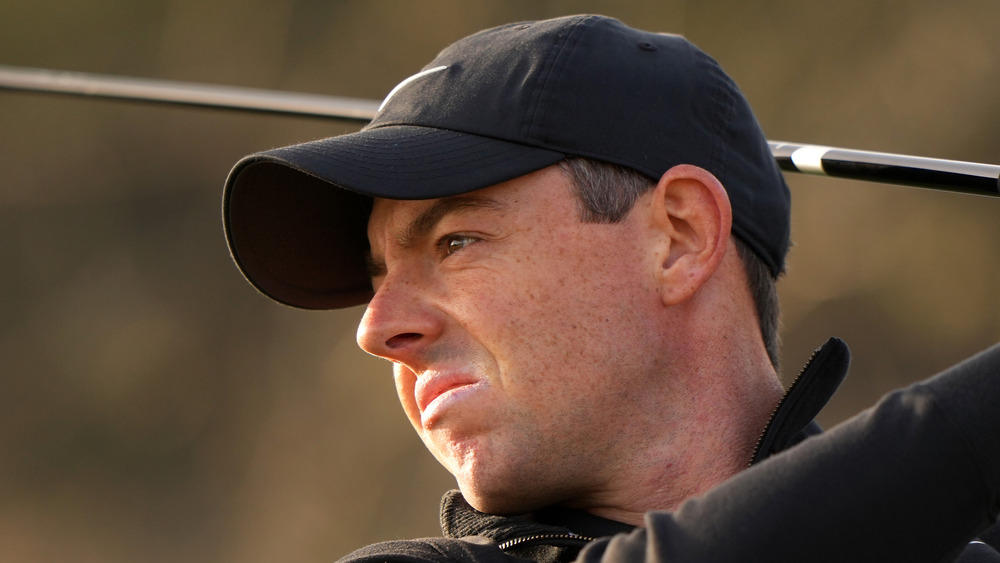
Rory McIlroy Is Worth A Lot More Than You Think

Whatever Happened To WWE Diva Lita?

Why Formula 1 Cars Are More Like Airplanes Than Automobiles

The Tragic Death Of Basketball Phenomenon Hank Gathers

How Baseball's Ceremonial First Pitch Became A Tradition

The Most Influential Female Athletes Of The Past Century

MMA Fighters Who Died During A Fight

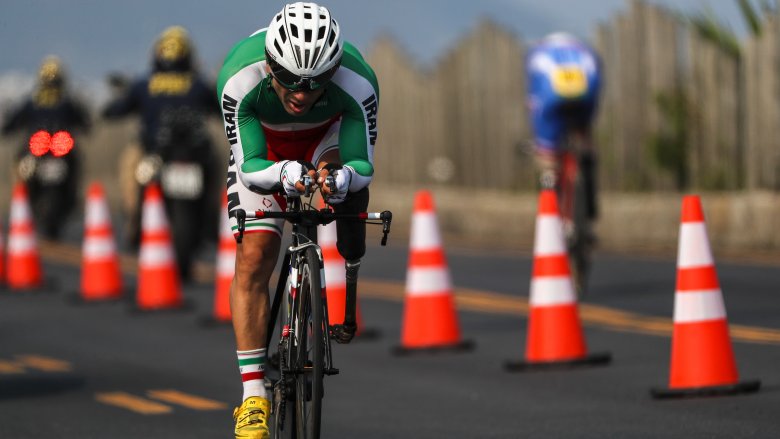
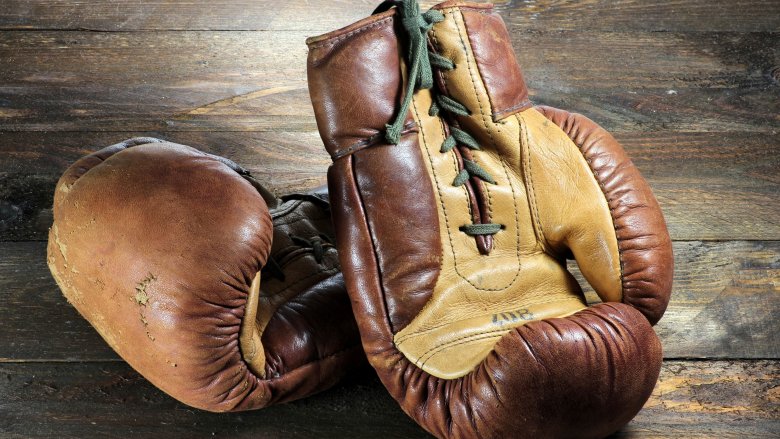

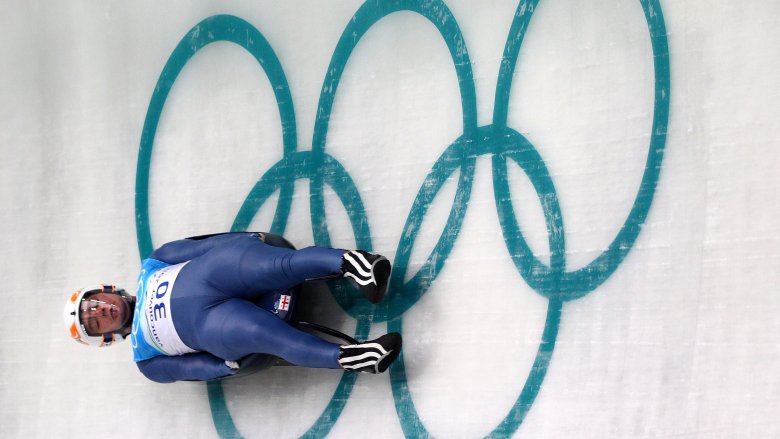



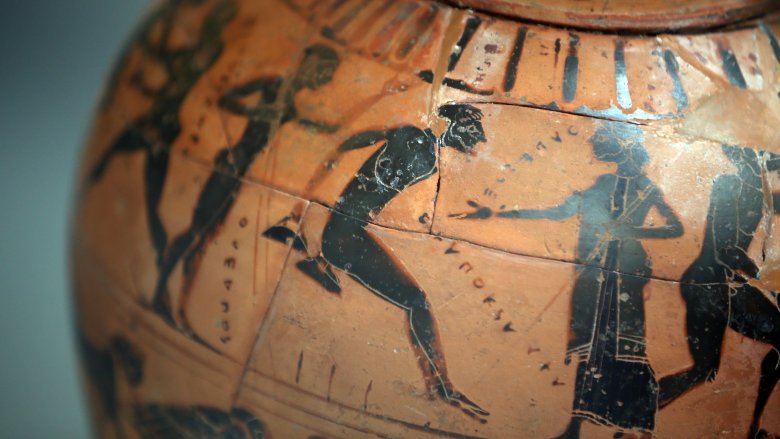

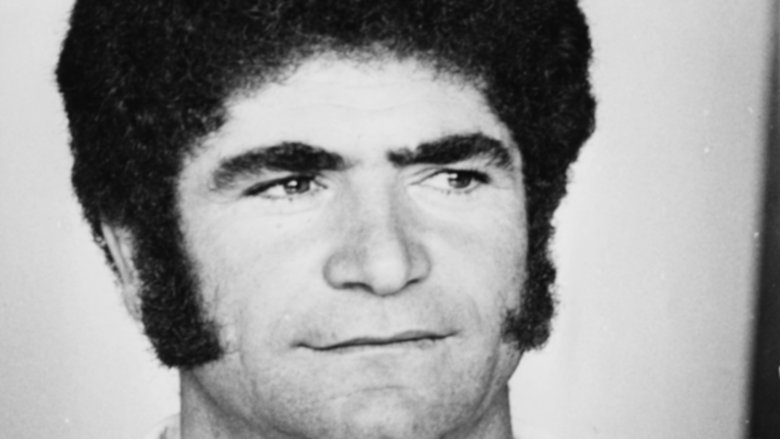



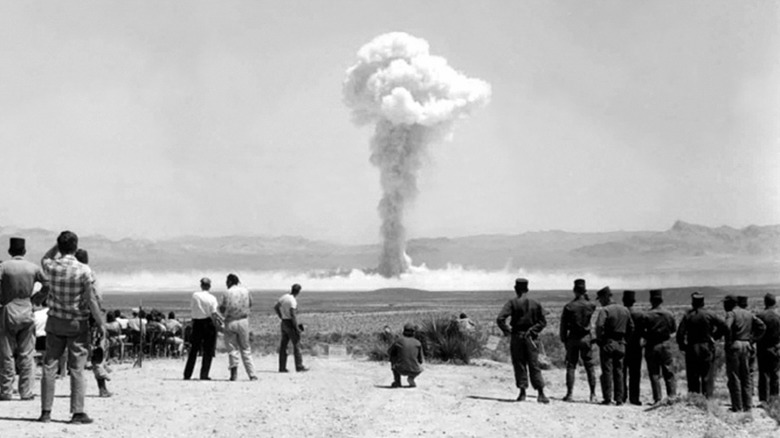


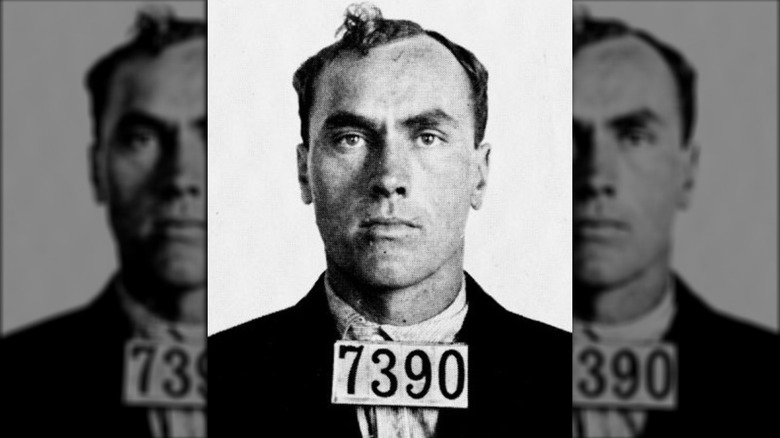


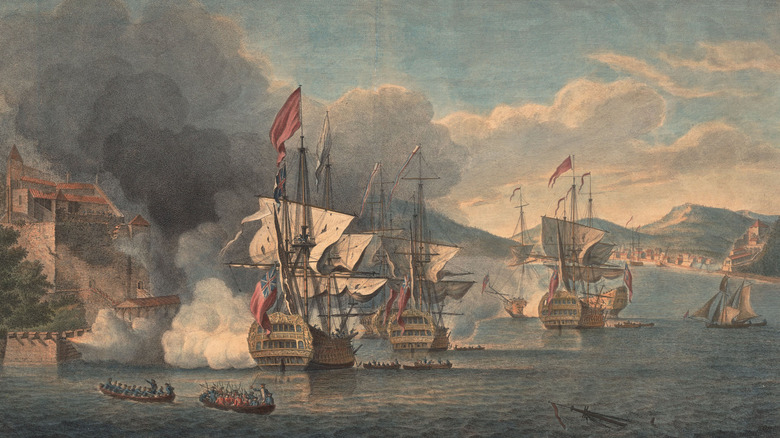



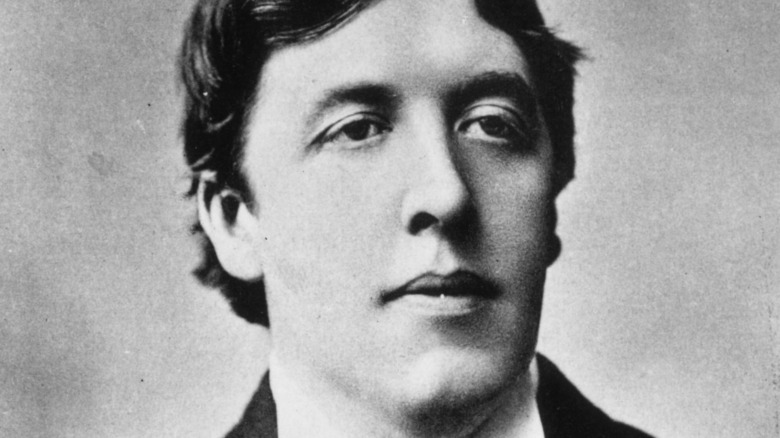
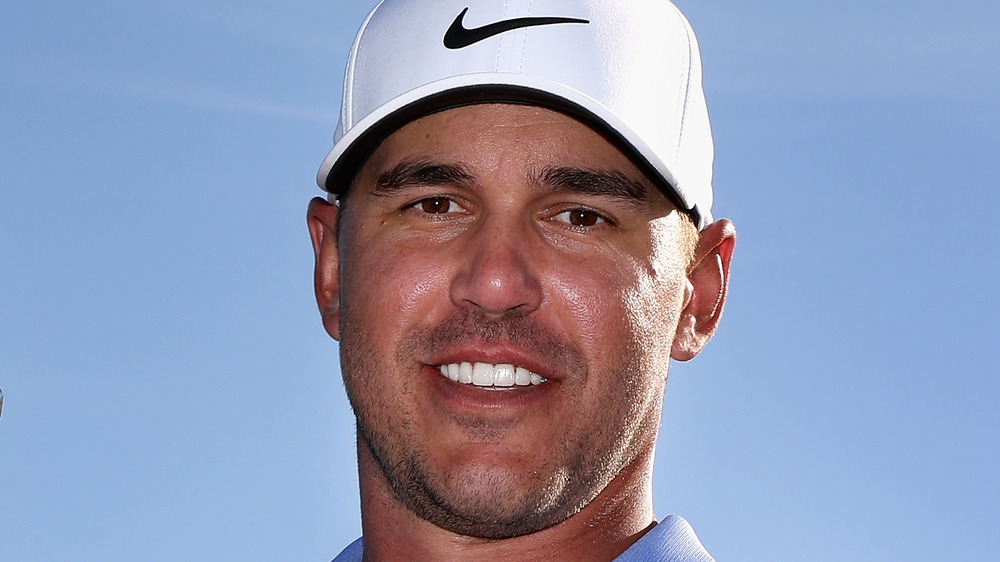
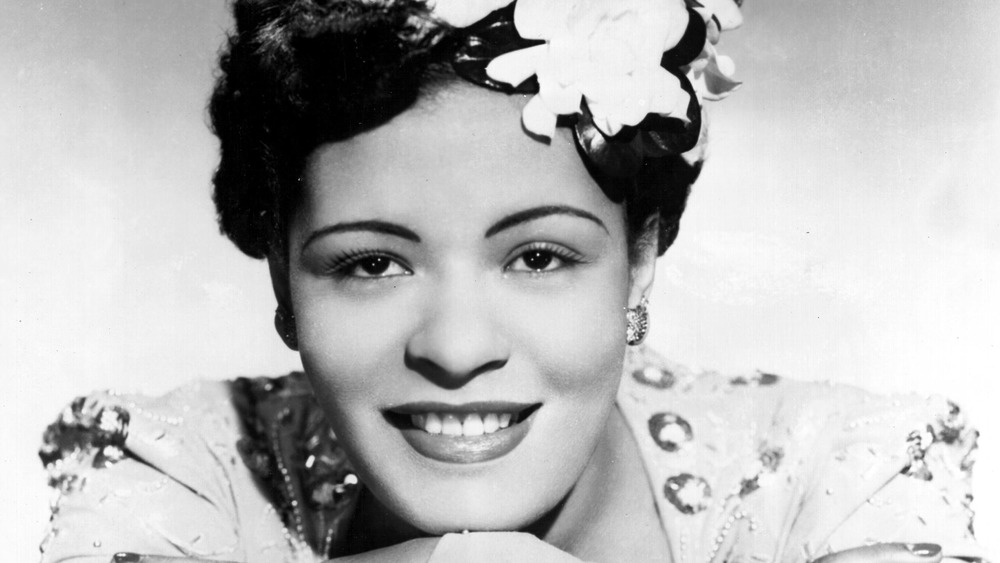
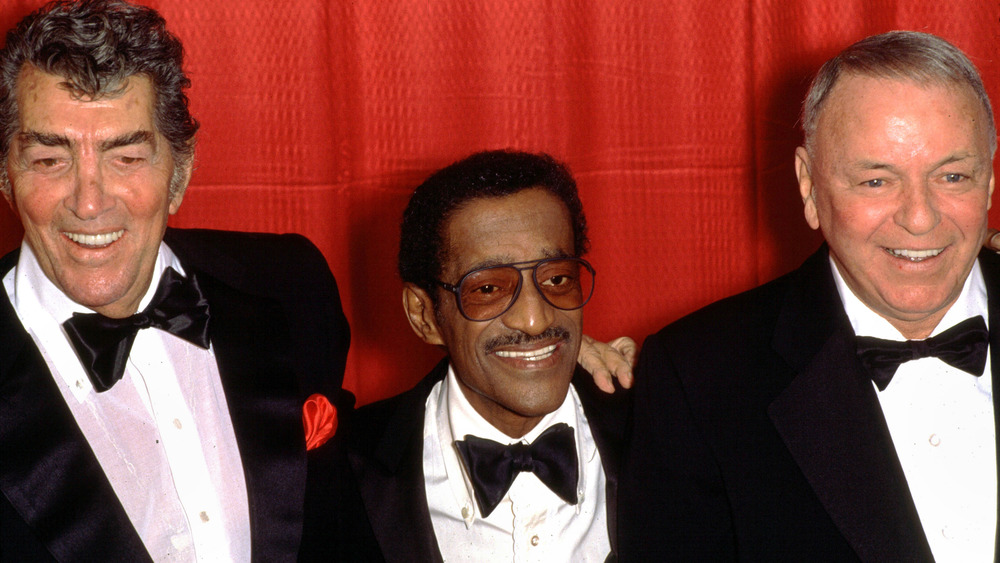






Great post.
I read this article fully regarding the comparison of most recent and previous technologies, it’s awesome article.
Why users still use to read news papers when in this technological world all is available on net?
What’s up all, here every one is sharing these familiarity, so it’s good to read this webpage, and I used to go to see this weblog every day.
This design is spectacular! You obviously know how to keep a reader entertained. Between your wit and your videos, I was almost moved to start my own blog (well, almost…HaHa!) Wonderful job. I really enjoyed what you had to say, and more than that, how you presented it. Too cool!
Thank you for the auspicious writeup. It if truth be told was a amusement account it. Glance complicated to far brought agreeable from you! By the way, how can we keep in touch?
always i used to read smaller articles which also clear their motive, and that is also happening with this piece of writing which I am reading here.
This is very fascinating, You are an overly professional blogger. I have joined your feed and look forward to in quest of more of your great post. Also, I have shared your site in my social networks